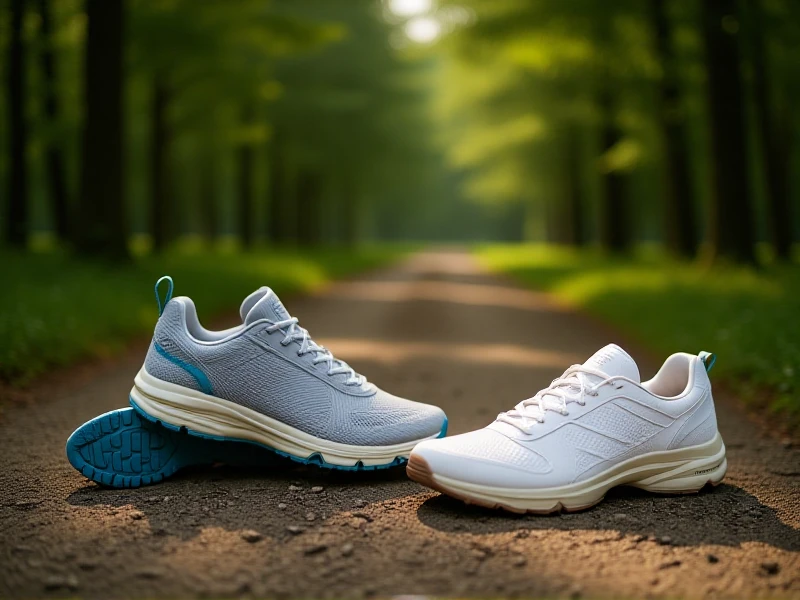
Your Ultimate Guide to Choosing the Best Jogging Shoes
Here’s an SEO-optimized article focused on "jogging shoes":
Stepping out for a jog is one of the simplest, most rewarding ways to boost fitness and clear your mind. But the foundation of a great run starts with the right pair of jogging shoes. Wearing improper footwear leads to discomfort, blisters, and even injury. So, how do you find the best jogging shoes that offer comfort and support? Here’s what really matters.
Cushioning is King for Comfort The primary job of good jogging shoes is impact absorption. Look for models featuring responsive midsoles made from materials like EVA foam, polyurethane, or newer tech like PEBAX. This cushioning protects your joints – knees, hips, and ankles – from the repetitive stress of hitting the pavement or trails. The right amount depends on your weight, running surface, and personal preference; a specialty running store gait analysis can pinpoint your ideal level.
Support Where You Need It Foot type matters and influences the jogging shoes you need. Overpronators (feet rolling inward excessively) benefit greatly from stability or motion-control shoes with reinforced medial sides. Neutral runners or those with higher arches often prefer cushioned neutral shoes allowing natural foot movement. Knowing your arch type and gait pattern is crucial before buying. Don't guess – get assessed professionally.
The Perfect Fit Formula Even the most advanced jogging shoes fail if they don't fit right. Ensure ample room (about a thumb's width) beyond your longest toe to prevent toenail issues. The heel should be snug without slippage, and the midfoot secure without constriction. Width is vital too: avoid pressure points or squeezing. Always try shoes on later in the day when feet swell, and wear your typical running socks. Test them on an in-store treadmill or safely jog down an aisle.
Extra Features for Jogging Success
- Breathability: Mesh uppers keep feet cool and dry on longer runs.
- Outsole Durability: Dense rubber on high-wear areas enhances shoe lifespan.
- Lightweight Construction: Less weight reduces fatigue, aiding longer jogging sessions.
- Heel-to-Toe Drop: This offset influences stride mechanics; common drops range from 4mm to 12mm.
Remember, even the best jogging shoes wear out! Track your mileage and typically replace them every 300-500 miles. Signs like loss of cushioning, uneven tread wear, or new aches are indicators.
Investing time in finding your ideal jogging shoes transforms your running experience. Prioritize support, cushioning, and precise fit – your feet, and runs, will thank you. Lace up and hit your stride confidently!